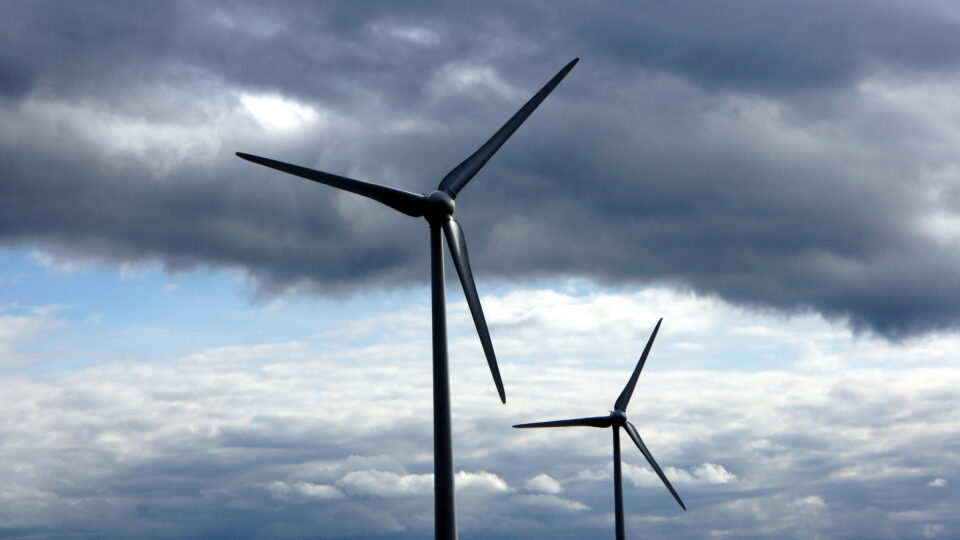As people all over the world shelter in place and much ordinary commerce and other activities have ground to a halt, there have been big changes in energy usage. With production halted, offices shut down, schools closed, and public transport operated on reduced timetables, the demand for energy has decreased dramatically.
In Europe, as a result of all this, during the first quarter of this year, renewables’ share of total energy production was greater than 60%. Wind farms provided more than 40% of the renewables’ share of total electricity generation. During February, Denmark, Germany and Ireland saw nearly 50% of their electricity demand met with wind power. Hydroelectric power was the second largest source of renewable energy during the first quarter, with Norway providing the largest share of this. In contrast, generation from nuclear plants was at its lowest first quarter figure for the past five years.
The large shift to renewable generation was in great part due to the overall reduction in demand. This impacts nuclear and fossil-fuel generation much more than renewables because those plants can be throttled back or shut down entirely so as not to needlessly consume costly fuels. Generation that runs on sunlight, wind, or flowing water does not require fuel expenses, so it makes sense to prefer them when demand is reduced.
The reduction in demand has in turn had a major effect on fuel costs as oil reached low prices that haven’t been seen in years.
The decline in demand and fuel prices and the enhanced role of renewables are expected to continue in the current quarter as the timetable for renewed economic activity remains unknown.
**********
Web Links
Renewables achieve clean energy record as COVID-19 hits demand
Photo, posted June 25, 2010, courtesy of Martin Abegglen via Flickr.
Earth Wise is a production of WAMC Northeast Public Radio.
